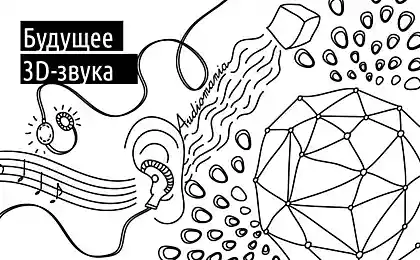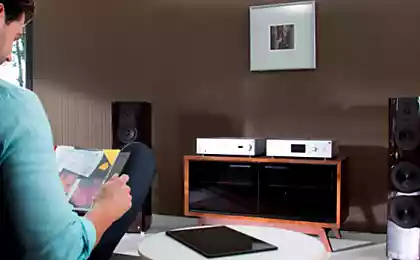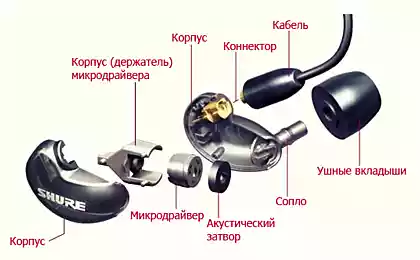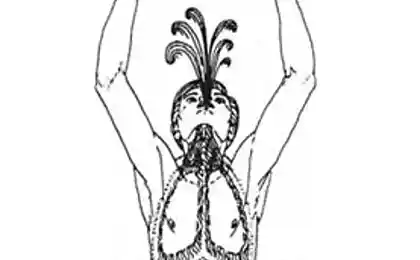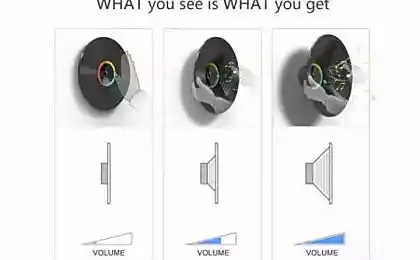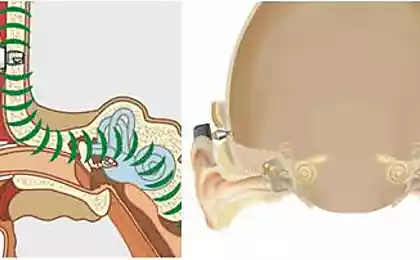1241
How to restore retrozvuk? Job audioarheologov from Southampton

damaging the wax cylinder recording from which restored with the help of modern technologies i>
In the world quite a lot of archaic devices for recording sound. Also there is a record made by such devices. Under the "archaic" means recorders, which recorded sound on wax cylinders and plates. Such devices have been relatively widespread in the late 19th - early 20th century.
So, the recordings made by these devices are fragile, and the time made wax cylinders altogether unreadable relics. This cylinder is simply dissolved, before be able to use a traditional pickup. But since the issue of restoration of the oldest recordings relevant, the problem still decided. So the solution is to use an optical scanner.
carefully scan the surface of the cylinder, and the obtained data is treated in a specially written software. Then use the virtual pickups, based on the work of algorithms convert an image into sound.
More Habré previously wrote that in this way was able to restore the voice of Graham Bell recording made in 1885.. Then managed to reproduce the sound recorded on tin foil in the laboratory Edison in 1878. But the earliest record that was restored is the sound recorded in 1860 by Frenchman Edouard-Leon Scott de Martivillem. Inventor of the recorded sound on the smoked paper sheet and not on wax, which has complicated the task of restoring the sound, but still has not made it unsolvable.
How to restore the sound? B>
Sophisticated technology to restore sound from various types of surfaces developed by specialists of the University of Southampton .
At the beginning of the work of specialists tested three types of technologies restore the sound:
polychrome

Laser triangulation

Confocal Laser

After a series of discussions, the experts came to the conclusion that it is best to use the first method to restore the sound most fully. Here not only the depth of the recorded track, but also its shape.
The study was built here is a machine:

The cylinder is placed on the rotor side is a lens and a scanner for capturing reflected light. All that passes through the spectrometer and is fed to a computer for analysis.

After processing, the sound is already suitable for listening.



Thus, the proposed method of restoring the sound does not involve any physical methods of influence on wax cylinder (or any other similar media). The purpose of the project - the restoration of all important for science or art retrozapisey, in whatever degree of safety they are.
The resulting sound is processed in some cases, a special software for noise reduction and isolation of the sound track.
Examples of recovered materials can listen by clicking on the links:
"Beautiful Birds Sing On" , 1905 (9022: Edison Gold Moulded Record)
"Lonesome" , 1909
"My Wild Irish Rose" , 1910
By the way, for comparison, we can listen to the recording, restoration invasive method, using a conventional pickup (used software noise reduction), and the same record, recovery using an optical non-invasive method.
usual method with noise reduction software
same soundtrack is recovered by an optical method
Incidentally, it is believed that on some surfaces have a "dead sound" likeness tracks created, for example, during the application of plaster builder. If the builder singing or talking during his trowel vibrate, and these vibrations are reflected on the very plaster. And if that likeness track any way to restore that we can hear the voices of people who lived hundreds of years ago. Of course, this is science fiction (and submitted this idea science fiction writer), but the idea is interesting, though hardly it can be used in practice ...
Source: habrahabr.ru/post/242233/
